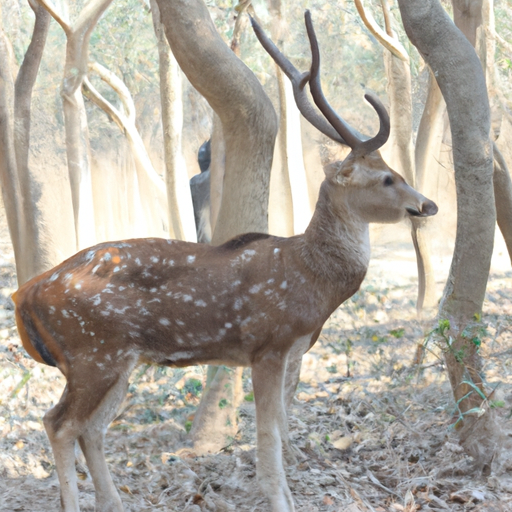 Introduction:
Introduction:
Self-awareness is a cognitive trait exhibited by a select group of animals, indicating their ability to perceive and recognize their own existence as separate from the external environment. This fascinating attribute has long been a subject of scientific study, as it sheds light on the complexity of animal cognition and provides insights into the evolution of consciousness. In this article, we delve into an extensive examination of various animal species, highlighting those that have demonstrated self-awareness through empirical research and behavioral observations.
1. Great Apes:
Among the most well-known self-aware animals are the great apes, including chimpanzees, bonobos, gorillas, and orangutans. Extensive studies involving mirror self-recognition tests have shown that these primates can identify themselves in mirrors, often engaging in self-directed behaviors such as inspecting their bodies or using the mirror to explore hard-to-see body parts. They also exhibit self-conscious emotions, such as embarrassment, in certain situations.
2. Bottlenose Dolphins:
Dolphins have shown remarkable intelligence and self-awareness. Studies have revealed their ability to recognize themselves in mirrors and engage in self-directed behaviors, similar to great apes. Additionally, dolphins have demonstrated a high level of social cognition, with individual recognition and the ability to understand the perspective of others.
3. Elephants:
Elephants exhibit advanced cognitive abilities, including self-awareness. Researchers have conducted experiments, such as the mirror test, where elephants have displayed signs of recognizing themselves by touching or investigating marks on their bodies after being marked with visible paint. Furthermore, elephants show empathy and emotional intelligence, which further highlights their self-awareness.
4. European Magpies:
Contrary to popular belief, self-awareness is not limited to mammals. European magpies, a type of bird, have exhibited self-recognition in mirror tests. These birds have displayed behaviors such as grooming and manipulation of objects attached to their bodies, indicating their recognition of their own reflection.
5. Ants:
Although ants may seem like unlikely candidates for self-awareness, recent studies have shown that certain ant species possess a form of self-recognition. Through chemical cues, ants can distinguish between nestmates and non-nestmates, indicating an awareness of their own colony identity. This ability to recognize the self is a crucial component of self-awareness.
6. Grey Parrots:
Grey parrots have been extensively studied due to their exceptional cognitive abilities. These birds have been shown to use mirrors to explore their bodies and even recognize themselves in video recordings. Their capacity for vocal mimicry and problem-solving further supports the notion of self-awareness in this species.
7. Eurasian Magpies:
Similar to their European counterparts, Eurasian magpies have demonstrated self-recognition in mirror tests, indicating their self-awareness. These birds engage in behaviors such as preening and pecking at marks placed on their bodies, suggesting that they recognize their own reflections.
8. Rhesus Monkeys:
Rhesus monkeys have shown signs of self-awareness through mirror self-recognition tests. They exhibit behaviors such as exploring their bodies and using the mirror to inspect hard-to-see areas. Their ability to recognize themselves in mirrors suggests a level of self-awareness comparable to other primates.
Conclusion:
Self-awareness is a remarkable cognitive trait that extends beyond the boundaries of humans. From great apes to magpies, numerous animal species have demonstrated varying degrees of self-awareness through empirical research and behavioral observations. Understanding the presence and extent of self-awareness in different animals contributes to our knowledge of animal cognition, providing valuable insights into the richness and diversity of consciousness in the animal kingdom.
